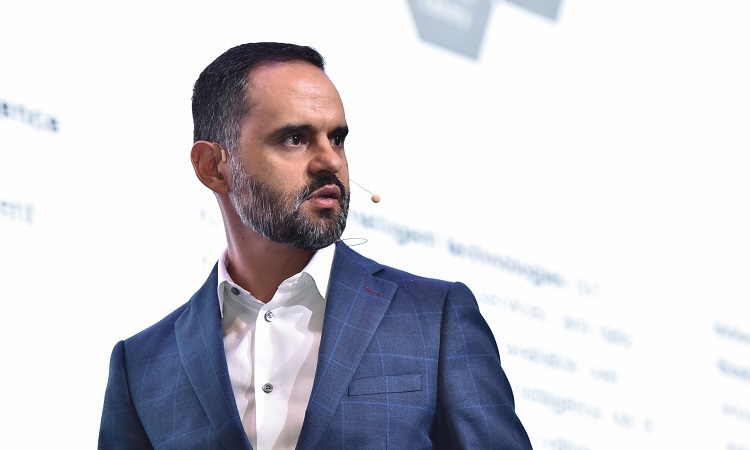Rudy Abrahams, Vice President of Digital Transformation in SAP Asia, believes that SAP can help public-sector organisations move forward in their transformation journeys. He said this during his session at the SAP Forward Together 2020 online event entitled SAP #Heretohelp – Tackling What Lies Ahead Together.
“I think it’s fair for me to say that overnight, there had been an expectation for government to be ‘digital by default’, and it couldn’t be further from the truth. In fact, many of our citizens and constituents want to engage with the government in a frictionless manner. Now more than ever before, it is the time for government agencies to get up there and up their game when it comes to digital transformation,” said Rudy (above – file pic).
According to Abrahams, who was a former civil servant in South Africa, SAP believes that responsive governments do 3 things very well. “First, they provide goods, services, and experiences to their citizens and constituents.
“Secondly, responsive governments really protect the disenfranchised, the needy, and those most requiring services from government.
“Last but not least, government drives prosperity –not only economic prosperity, but also social cohesion amongst the society that keeps the society productive, safe, and well taken care of.”
Abrahams provided several case studies outlining how SAP’s solutions helped various governments throughout the world resolve issues around those 3 areas.
“SAP is not just an IT system; it can be used for higher purpose in the public sector.”
The first case study involved the City of Buenos Aires in Argentina, which annually experienced extreme flash flooding due to torrential rains – something which Abrahams pointed out was something Southeast Asia was more than familiar with. As a result, local communities were left displaced and businesses was disrupted.
“It very quickly became apparent that the City of Buenos Aires didn’t have information at its disposal. Not only that, but it didn’t have the technology to help spatially represent that information. We worked with the City of Buenos Aires to install Internet of Things (IoT) devices and inputted them with its service provider of choice in the roads and stormwater drains. What these IoT devices could do was manage the flow data back into the intelligent core.
“This allowed city bosses and engineering crews to get to an environment on time with the right amount of crews. This is a very powerful example of a city that provides.”
Another use case Abrahams shared was that of the City of Cape Town in South Africa, his former employer, and a project he was directly involved in.
The City of Cape Town had multiple agencies needing to respond to any particular emergency or catastrophe. These had siloed systems and unintegrated business processes.
SAP worked with the City of Cape Town and integrated these government agencies in one stack and having what Abrahams referred to as ‘one single version of the truth’. This enhanced the City of Cape Town’s responsiveness when it came to its citizens and constituents.
“Now, government agencies could be online viewing what was going on at particular site or calamity and be able from a command centre to dispatch the right crews. The City of Cape Town had the capability to transmit data in real time from the scene into its back-end systems, which would allow the relief efforts needed to be dispatched.”
The final use case was one of driving prosperity in society, involving the city of Christchurch in New Zealand. Following major earthquakes in 2011 and 2016, the city’s officials realised that they didn’t have the capabilities to respond quickly to community complaints, increasing public frustrations. In conjunction with SAP, the City of Christchurch put its key business processes and operating model in the cloud.
“All of a sudden, the power was in the hands of the citizens now, who could take their mobile devices, log a call, and immediately transmit it into the city’s back-end systems for expeditious execution.”
In his conclusion, Abrahams stated that when integrated government was combined with intelligent government, this would ensure responsive government to ratepayers and constituents.
“Our experience data capability fused with our operational data really gives you that power to be at the cutting edge of service delivery.”

